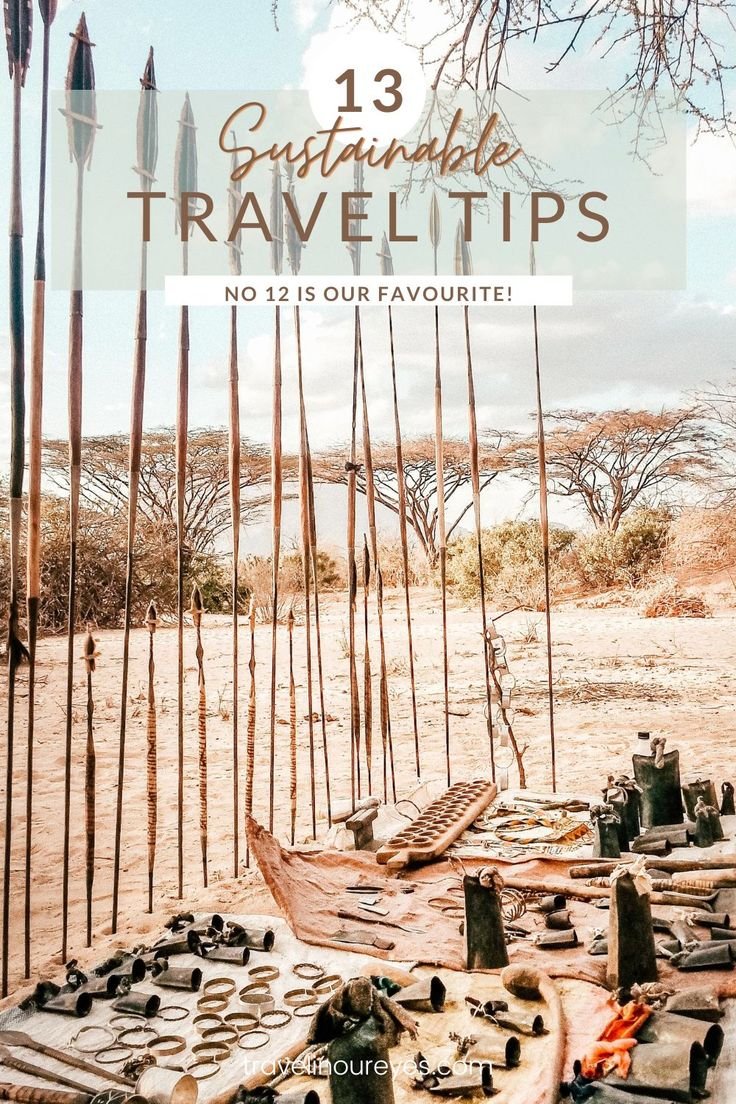Traveling doesn’t have to be at odds with sustainability—or your wallet. With a bit of planning and awareness, you can enjoy meaningful adventures while reducing your ecological footprint and keeping expenses low. This guide shares actionable tips and insights to help modern travelers make responsible and budget-conscious choices in 2025.
1. Choose Eco-Friendly Accommodations
Sustainable lodging is on the rise, offering travelers more opportunities to reduce their environmental impact. From green-certified hotels to eco-lodges powered by renewable energy, the options are vast and diverse. These accommodations adopt practices like water-saving systems, solar energy, and locally sourced materials.
Quick Tip: Look for properties with certifications such as LEED, Green Globe, or EarthCheck when booking your stay. Online platforms like Ecobnb specialize in curating eco-conscious options for travelers.
2. Opt for Public Transport or Green Mobility Options
When exploring your destination, prioritize public transportation, bike-sharing systems, or walking tours. Cities worldwide are investing in greener transit methods, such as electric buses and trains powered by renewable energy. Using such options reduces carbon emissions and allows deeper immersion into the local culture.
Quick Tip: Download transit apps or maps specific to your destination to plan routes efficiently. Many cities now offer digital passes for buses or trams, saving time and money during your trip.
3. Pack Light to Cut Carbon Footprints
Traveling light benefits both the environment and your convenience. Heavier luggage results in higher fuel consumption for planes, buses, or cars, whereas a compact bag minimizes this impact.
Quick Tip: Invest in high-quality, lightweight luggage and versatile clothing to maximize space. Stick to essentials that can be repurposed for multiple needs, reducing the number of items you carry.
4. Support Local Economies
Make a conscious effort to spend on local businesses. Shop at markets, dine at farm-to-table restaurants, and choose local tour operators. This helps your travel dollars directly benefit the people and communities you visit while reducing the demand for imported goods.
Quick Tip: Before traveling, research markets or restaurants known for showcasing local craftsmanship and sustainably sourced products.
5. Use Carbon Offset Programs
Despite best efforts, some travel inevitably impacts the environment. Carbon offset programs allow you to compensate by funding projects like reforestation or renewable energy initiatives that counteract the emissions generated by your trip.
Quick Tip: Many airlines now offer the option to add carbon offsets directly to your ticket purchase. Third-party platforms like Gold Standard or Atmosfair can also match your emissions with relevant offset programs.
6. Prioritize Sustainable Tourism Activities
Skip activities that exploit local wildlife or cause environmental harm. Instead, choose eco-conscious excursions like hiking, bird watching, or cultural walking tours led by knowledgeable local guides. These experiences create lasting memories while emphasizing environmental stewardship.
Quick Tip: Find tours certified by organizations like the Global Sustainable Tourism Council or those guided by reputable eco-tourism operators.
7. Invest in Reusable Travel Gear
Single-use plastics remain a significant problem in many travel hotspots. Adopting reusable travel essentials can dramatically reduce waste during your trips. Items like water bottles, travel cutlery, and reusable bags are simple to carry and easy to use.
Quick Tip: Consider collapsible or lightweight reusable items that don’t take up much space in your bag. Some brands offer kits specifically tailored for eco-conscious travelers.
8. Travel During Off-Peak Seasons
Visiting destinations during their off-peak times has multiple benefits. It reduces overcrowding, allowing the environment time to recover. Additionally, it cuts costs on flights, accommodations, and popular attractions, making your trip more affordable.
Quick Tip: Use travel apps like Skyscanner or Hopper to find deals specific to low-season dates. Also, research local festivals or lesser-known activities that occur outside traditional peak months.
9. Stay Updated on Green Policies and Trends
Destinations are adopting greener policies to combat over-tourism and reduce environmental strain. From tourist caps to taxed emissions, many areas now implement measures to ensure sustainable practices.
Quick Tip: Follow travel forums, local news updates, or dedicated sustainability blogs to stay informed on regulations at your chosen destination.
10. Leverage Technology for Sustainability
The role of technology in sustainable travel continues to expand. Apps designed to track your emissions, suggest eco-friendly activities, or find zero-waste dining venues are now readily available.
Quick Tip: Download apps like Green Travel Guide or Giki Zero to plan your travels with sustainability in mind. These tools help you effortlessly implement green practices at every stage of your trip.
Making Travel Sustainable and Affordable in 2025
Travel in 2025 offers countless ways to explore responsibly without breaking the bank. By choosing eco-conscious accommodations, supporting local economies, and leveraging technology, you can reduce your impact while enjoying richer experiences. Start small, and don’t forget to share your efforts—leading by example encourages others to prioritize sustainability in their adventures.
Every mindful decision adds up. Together, we can make sustainable travel a lasting movement rather than a fleeting trend. Embrace these tips on your next trip and set the tone for a greener, more affordable way to explore the world!

